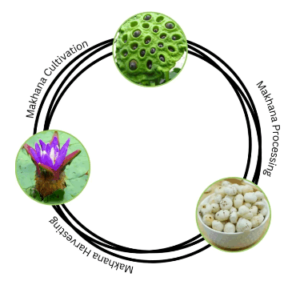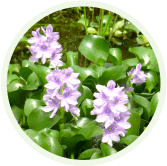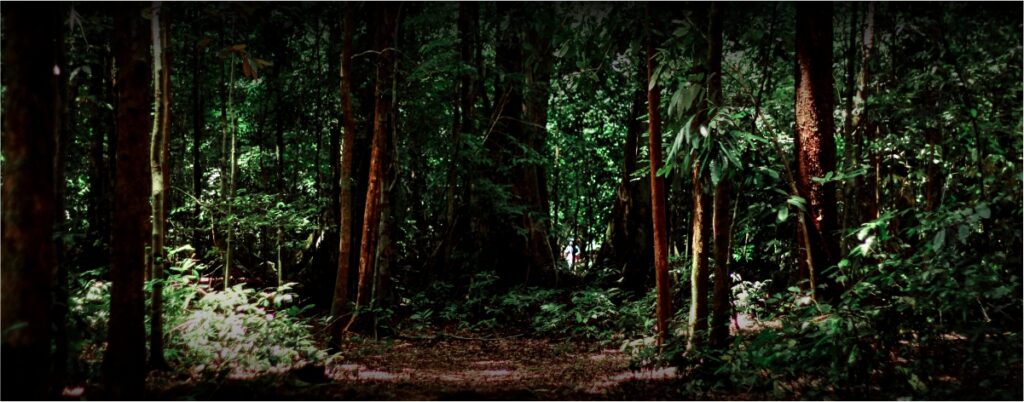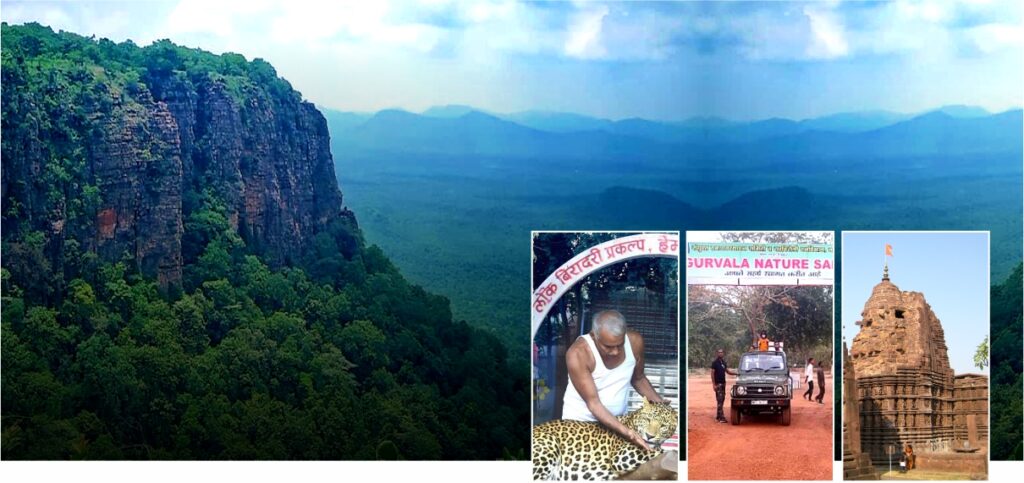From the CPO's Desk
Exploring the Potential of Aquatic Crops in Gadchiroli:
A Pathway to Alternative Livelihoods

Author
Shri. Swapnil Girade
Chief Program Officer & Head, STRC
Gadchiroli district, though richly endowed with forests, rivers, and fertile landscapes, has one of its most underutilized resources in its aquatic wealth. With over 8,500 water bodies, along with perennial rivers and seasonal streams, the district holds immense untapped potential beyond the conventional focus on fisheries. With strategic interventions, these wetlands can support a diverse portfolio of aquatic crops, creating a parallel economy that complements aquaculture. This is particularly relevant in Gadchiroli, where much of the population depends on agriculture, forest produce, and seasonal labor. Introducing aquatic crops such as Azolla, Water Chestnut (Singhara), Lotus, Makhana, and Water Hyacinth can transform water bodies into hubs of sustainable livelihoods, nutritional security, and local entrepreneurship, while also offering pathways for community-level adoption and integration into larger value chains.
1. Azolla – Tiny Fern with Big Potential

Often referred to as “Green Gold”, Azolla is a fast-growing floating fern that requires minimal inputs. Rich in protein and essential nutrients, it has extensive applications as animal feed, biofertilizer, and compost. In Gadchiroli, where livestock and smallholder farming are integral to rural life, Azolla can directly improve soil fertility and livestock nutrition while reducing dependence on costly chemical fertilizers, making it a low-cost, high-impact livelihood resource.
2. Water Chestnut (Singhara) – The Aquatic Superfruit

Water chestnut cultivation is already practiced at large in Gadchiroli and adjoining districts and its potential is immense. This nutrient-rich fruit, popular for its use during fasting seasons, is not only consumed fresh but also processed into gluten-free flour, snacks, and sweets. Singhara's high market demand, both locally and nationally, opens pathways for value chain integration in Gadchiroli. Farmers can diversify their income by exploring Singhara-based processed products, linking traditional practices to modern consumer markets.
3. Lotus – The Sacred Bloom of Abundance

Lotus is more than a sacred flower—it is a multi-utility aquatic crop. Its seeds, roots, and leaves are consumed in various culinary traditions, while extracts are widely used in herbal medicines and skincare industries. Gadchiroli's serene ponds and lakes offer an ideal environment for lotus cultivation. By promoting value-added products such as roasted lotus seeds, root chips, and herbal teas, communities can access niche markets. Beyond economic returns, lotus cultivation enhances the aesthetic and ecological value of local water bodies, linking livelihood with cultural and environmental significance.
4. Makhana – The Wetland Wonder

Also known as fox nut or gorgon nut, Makhana is globally recognized as a superfood. Traditionally valued for its therapeutic properties, it is rich in antioxidants, proteins, and minerals. While Bihar dominates global Makhana production, Gadchiroli's underutilized wetlands and lakes provide scope to introduce this high-value crop. Processed products such as roasted Makhana, sweets, and health snacks are already popular in urban markets and hold export potential. Introducing Makhana in Gadchiroli can create new livelihood avenues while positioning the district in an emerging global value chain.
5. Water Hyacinth – From Aquatic Invader to Opportunity

Water hyacinth, notorious as an invasive plant choking Indian water bodies, is also prevalent in Gadchiroli. While it threatens aquatic ecosystems, innovative solutions can turn this challenge into opportunity. The plant can be repurposed into handicrafts, eco-friendly furniture, organic fertilizers, biochar, and biofuels. For Gadchiroli's artisans and rural households, Water hyacinth valorisation offers a pathway to both sustainable income generation and ecological restoration, effectively transforming a menace into a resource.
Recognizing the vast but underutilized potential of the district’s wetlands, STRC, Gondwana University, Gadchiroli, is planning to explore aquatic crop cultivation through small-scale pilot initiatives in selected sites, initially focusing on crops such as Singhara, Lotus, and Makhana for their nutritional, cultural, and market relevance. These efforts will assess feasibility, community acceptance, and value chain linkages, laying the foundation for future scale-up. In doing so, STRC will facilitate science- and technology-based solutions—from improved cultivation methods, post-harvest processing, and product development to capacity building and market integration while fostering significant collaborations with institutions like MAFSU for aquaculture expertise, Jaljeevika for livelihood promotion, and the National Research Centre for Makhana (NRCM) for technical knowledge. By blending local knowledge, scientific innovation, and institutional partnerships, STRC aims to transform Gadchiroli’s water bodies from being used primarily for fisheries into multi-dimensional resources that sustain livelihoods, enhance nutrition, and promote ecological balance, thereby advancing its mandate of bridging science with society and contributing to a self-reliant Gadchiroli.





